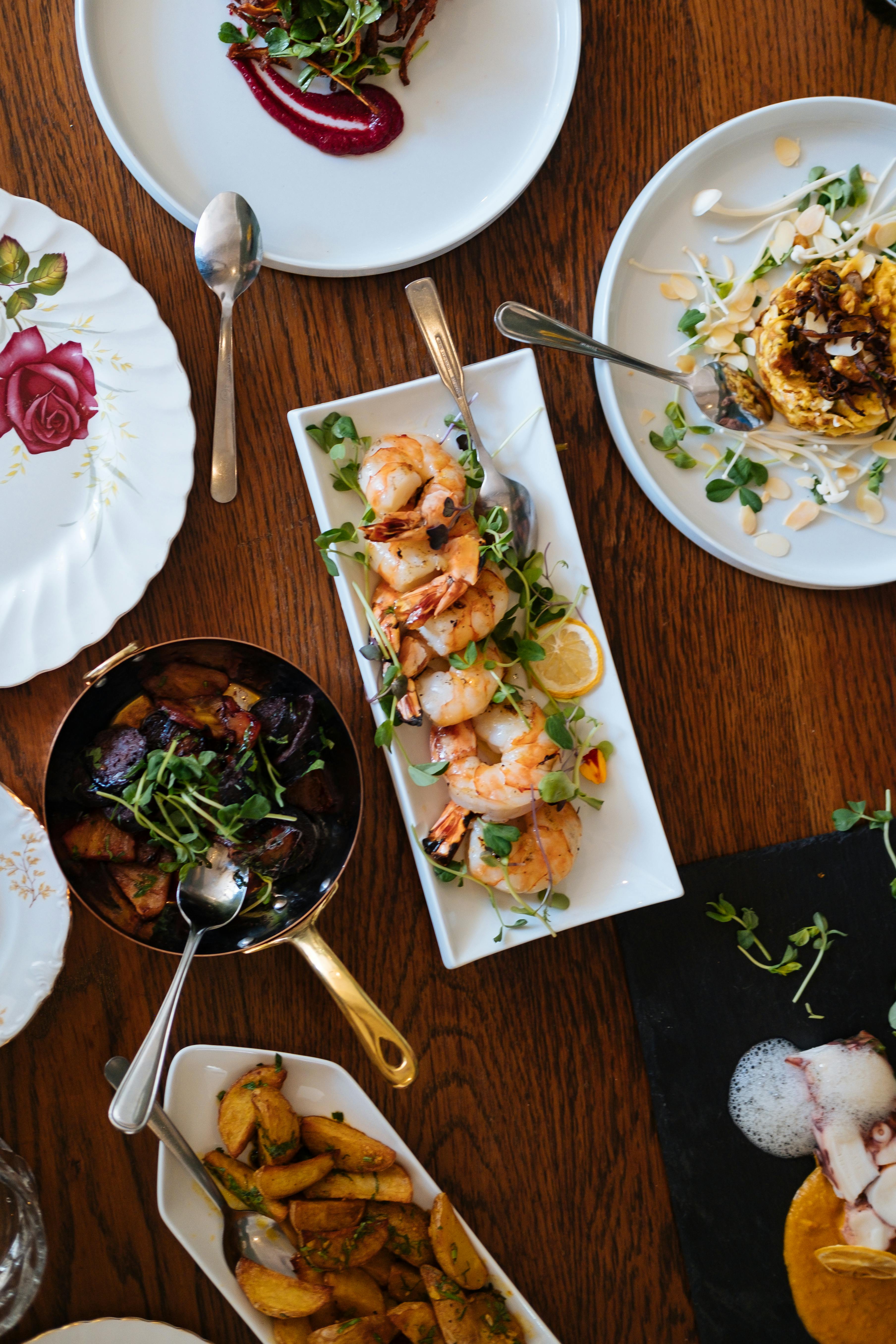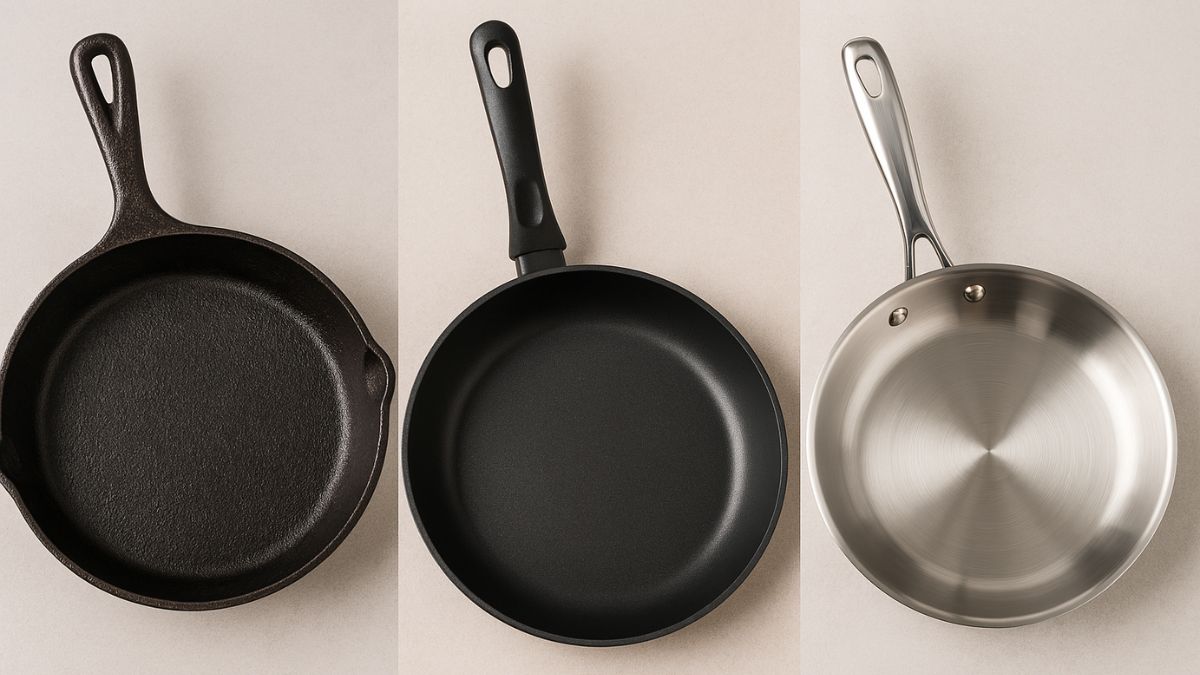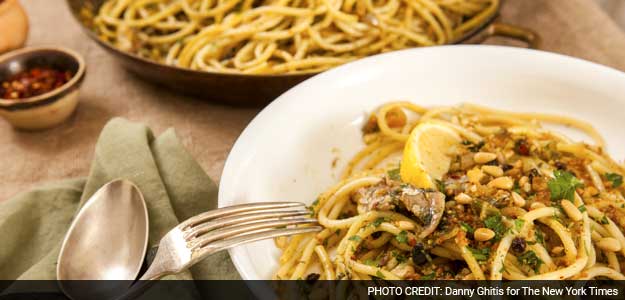Stop at the outdoor market in Palermo, and you'll also find little bundles of wild fennel for sale, a boon for home cooks who don't want to pick their own but need them for a variety of simple regional dishes.
There is maccu, a simple, nourishing fava bean soup in which wild fennel is the foremost seasoning besides salt and olive oil. There are wild fennel polpettini, little fried cakes of cooked and chopped fronds mixed with grated cheese and egg.
Any number of Sicilian fish soups and marinades contain fresh, juicy wild fennel, used throughout the warm months, while seeds and pollen are collected and dried for seasoning winter's meals. Some resourceful modern cooks store their wild fennel in the freezer, so they can have it year round.
One of the most famous Sicilian dishes that employs the herb is pasta con le sarde, a magnificent concoction of wild fennel and sardines.
These two frugal ingredients are fortified with raisins, currants, saffron and pine nuts, a most felicitous North African enhancement in a dish layered with history and mingling kitchens. It is an unlikely combination, perhaps, but a brilliant one.
At its best, pasta con le sarde is a perfect interweaving of sweet and savory - the raisins and salt and hot pepper, garlic and onion wilting in olive oil, wild fennel's grassy herbal fragrance, a funky touch of anchovy and flaking sardine, a whiff of saffron. Tossed with toothy bucatini and showered with breadcrumbs, it is a brightly seasoned marvel.
I tasted pasta con le sarde during my first visit to Sicily, a number of years ago, in the dining room of an elegant old Palermo hotel whose glamour had long since faded.
A white-jacketed elderly waiter brought a large silver tray with enough room-temperature pasta con le sarde for a dozen people, from which he served me a portion. I can still see it, golden, glistening and crisp.
Upon my return home to Northern California, where I lived at the time (and where, coincidentally, wild fennel also grows in abundance), I began to make pasta con le sarde weekly, in many versions, based on the memory of that meal in Palermo.
Sometimes I used fresh sardines, sometimes canned. I made it with tuna confit and fresh anchovies. I tried using the frilly tops of cultivated fennel. I tried the tomato sauce version, but preferred it tomatoless.
I even did a version with no sardines, just the chopped anchovy and breadcrumbs; it was utterly delicious. Turns out, they've been doing that in Sicily so long, there's a name for it. Pasta con le sarde a mare: pasta with sardines at sea.
Recipe:
Pasta With Sardines and Fennel
Time: 1 hour Yield: 6 servings
1 cup coarse dry breadcrumbs
Extra-virgin olive oil
Salt and pepper
Pinch of sugar
2 ounces fresh bushy fennel fronds, wild or cultivated, about 1 large handful
1/2 cup golden raisins
1/2 cup currants
1/2 cup white wine
1/2 teaspoon crumbled saffron
1 large onion, diced (about 2 cups)
2 small fennel bulbs, diced
4 anchovy fillets, roughly chopped
1/2 teaspoon fennel seeds, ground
1/2 teaspoon coriander seeds, ground
2 garlic cloves, minced
1/2 teaspoon crushed red pepper flakes
6 very fresh sardines (about 1 pound), cleaned and filleted (you will have about 6 ounces fillets; see note), or substitute large best-quality canned sardines, drained
1 pound bucatini or thick spaghetti
1/4 cup lightly toasted pine nuts
2 tablespoons chopped parsley
Lemon wedges, for garnish
1. Toast breadcrumbs in 2 tablespoons olive oil until golden. Season with salt and pepper and a pinch of sugar. Set aside.
2. Simmer the fennel fronds in a large pot of salted water until tender, about 10 minutes. Remove and spread out on a platter to cool. Do not discard cooking water. When fronds are cool, chop finely with a large knife (or pulse in a food processor with a little of the cooking water).
3. Put raisins and currants in a bowl and cover with the white wine and 1/2 cup hot fennel-cooking water. Add crumbled saffron and let ingredients steep together for 10 minutes.
4. In a large skillet, stew the onions and diced fennel in 6 tablespoons olive oil over medium heat until softened, about 10 minutes. Season generously with salt and pepper. Add anchovies, ground fennel and coriander seeds, garlic and red pepper flakes and cook for 2 minutes more. Stir in reserved fennel fronds. Add the raisin mixture and its liquid and bring to a simmer.
5. Season the fresh sardine fillets with salt and pepper and lay them on top of the onion mixture. Put a lid on the pan and turn off the heat for about 5 minutes, so sardines cook through and are just done. Stir to distribute chunks of fish throughout mixture. (If using canned sardines, skip this step and simply stir them in.)
6. Boil the bucatini in the fennel cooking water (add more water to the pot if necessary). Cook until noodles are on the firm side of al dente, then drain, reserving 1 cup of pasta water. Add pasta to pan with onion-sardine mixture, sprinkle pasta lightly with salt and gently toss together, adding a little pasta water to keep everything well moistened. Taste and correct seasoning; it should be well seasoned.
7. Transfer to a large platter or wide pasta bowl. Sprinkle with breadcrumbs, pine nuts and parsley. Garnish with lemon wedges. Add a drizzle of olive oil, if desired.
And to Drink ...
A savory, lightly fruity dish like this demands a good, crisp, dry wine, preferably a white that does not display the overt signs of aging in oak barrels. Italy, of course, produces oceans of wines like this, beginning with any number of lively Sicilian whites from Mount Etna and beyond; fianos and falanghinas from Campania; Soaves from Veneto; and vermentinos from Liguria.
But the choices need not only be Italian. Muscadet would be lovely. So would a sauvignon blanc from the Loire Valley or an Albarino from Galicia. Corsican vermentinus are reminiscent of their Ligurian counterparts but often more linear, with greater depth. If you want red, try a fresh, snappy Sicilian frappato, which actually has much in common with a white. - ERIC ASIMOV© 2015 New York Times News Service












